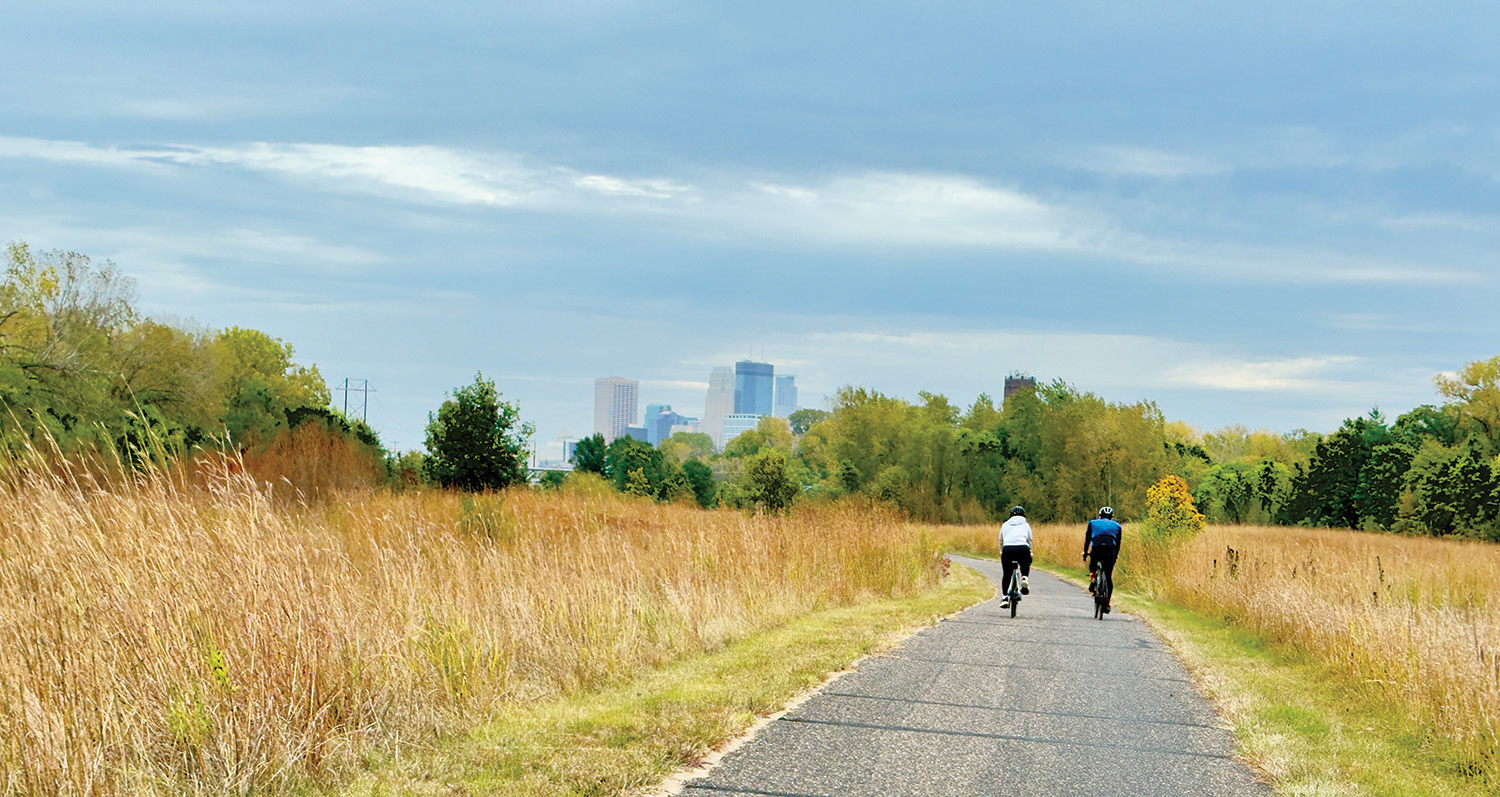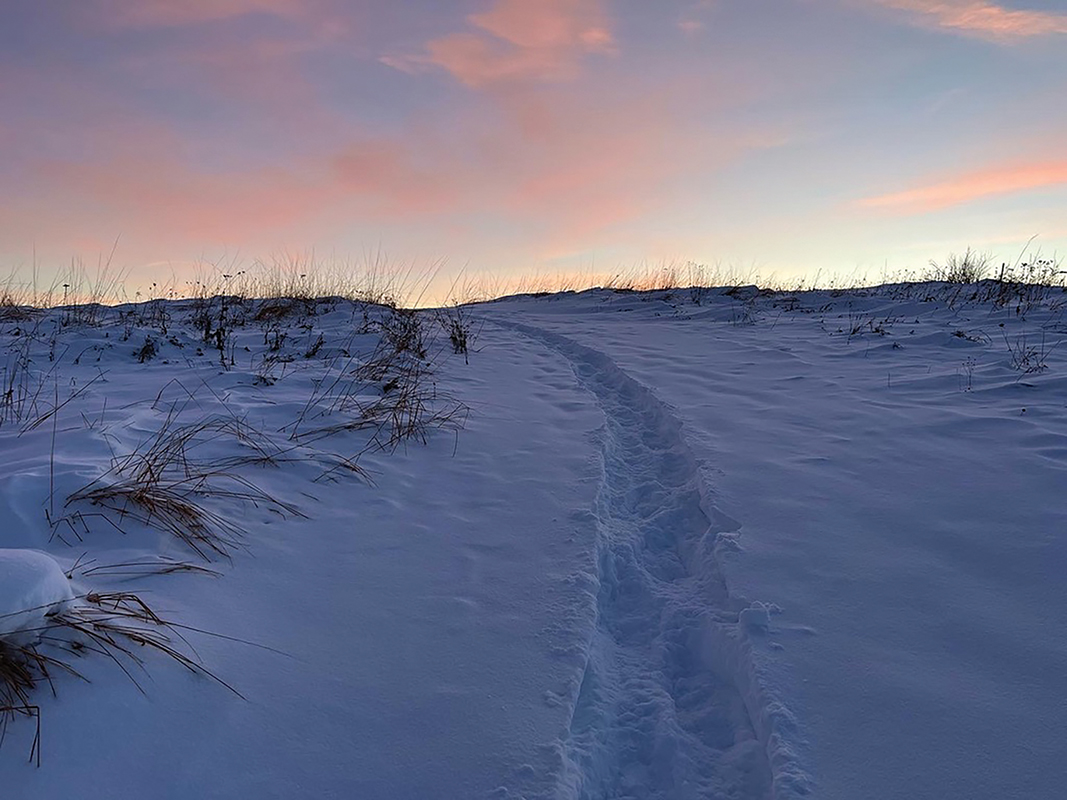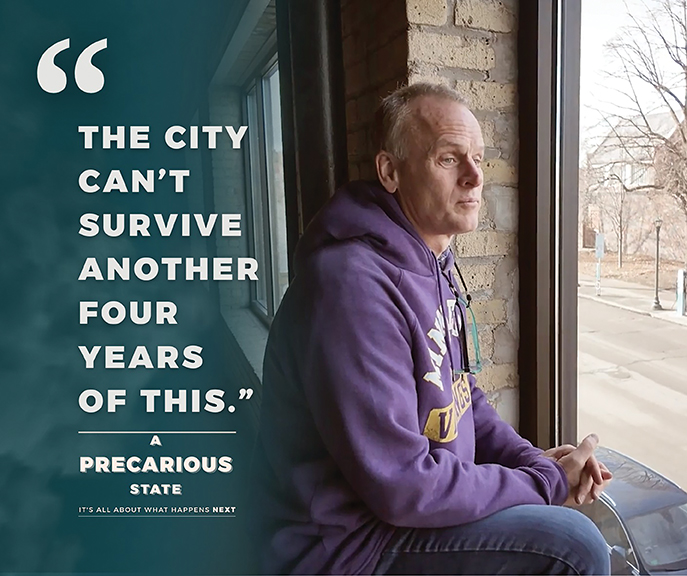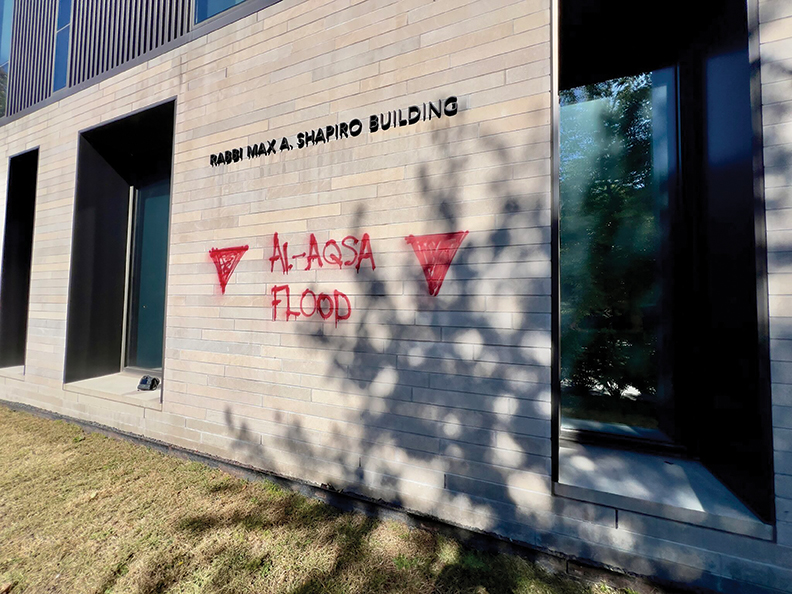Thanks to Susan Lenfestey
Most of our “doorstep” material ends up directly in our recycle bin but not the Hill & Lake Press! I think of it as a rare paper; one that is up to date on the issues we care most about in the neighborhood.
One voice I always appreciate reading is Susan Lenfestey’s— whether it be her hilarious April Fools' day horror scenarios (!) or the more serious recent opinion piece from July’s issue, "Everyone is Entitled to My Opinion: The Happiest City." In this piece she clarifies and articulates the recent vote on crime and police raises, while calling on elected official members to vote and act responsibly. In addition to the article, there is a bullet list of “Things You Can Do.”
Her writing is always well researched, intelligent, at times sardonic, and poignant. We all benefit from her many decades of living in the neighborhood, her deep dive into issues, and her caring about our community.
As a person who has lived in Uptown and in Lowry Hill for over 40 years, I also love this area. Through many changes and very dark and difficult political times, I will never give up hope. Susan has a clear voice in this time. Thank you, Susan, and Hill & Lake Press.
Randi Hellman | Lowry Hill
Response to SWLRT Bryn Mawr Station Editorial Last Month
A bit of historical/political context on SWLRT in our neighborhoods: The placement of stations between 21st Street and Royalston Avenue (Farmer’s Market), including the stations Craig Wilson visited last month in his editorial “Where We Are Now,” have little reliable passenger catchment area.
It will only be if Metro Transit sends bus routes into them that there will be much ridership. My understanding is this is planned at Royalston, but unlikely at the other stations, though 21st Street is the most likely of the remaining three. The two stations deep in the freight rail corridor — Bryn Mawr Station and Bassett Creek Valley Station — that Craig visited exist because deleting them would have further drained support for the line in the Minneapolis City Council. A major “selling point” to Minneapolis was connectivity between North Minneapolis and suburban jobs.
Serving, or not serving, parts of North Minneapolis have proven very difficult hurdles for planners of the shape-shifting Blue Line extension because stakeholders have both objected to the disruption the line would create and the gentrification it might engender, but also objected to the line’s absence. With transit, the political establishment always wants it both ways.
Our neighborhoods were, in hindsight, justifiably concerned about the impact of running the line through parkland, but if had SWLRT been routed through the Greenway and up Nicollet, as many advocated for, rather than through the desolate freight rail corridor, would it not have presented a whole other array of negative impacts that would have angered the communities impacted? There is no way to build these lines without a lot of mess. Unfortunately, the mess here has been excessive, and mistakes were made.
That said, SWLRT was never a transportation solution for the city, it was a commuter line for the SW suburbs, plain and simple. Whether work-from-home and rider safety/ comfort issues cause those stakeholders to abandon it before it proves its utility is the next question.
Adam Platt | Kenwood
Proposed Homeless Shelter in Uptown Needs Vetting
A new medical respite center has been proposed at 918 W. Lake St. by Lakeshore Care Inc. on the corner of Lake Street and Colfax Avenue South. What is a medical respite center?
These facilities provide non-hospital- level medical care for folks experiencing homelessness. Imagine you had an outpatient surgery but needed to rest and relax for several days afterward. Surprise, it turns out health outcomes are better when people are sheltered. Is it a homeless shelter? Yes, but with a particular goal and clientele.
The proposal has been met with much community opposition. In the last four years, homelessness, drug use and violent crime have all increased in Uptown, and having a space for unsheltered people has been documented to have impacts on surrounding neighborhoods.
I was raised to help those less fortunate. As I’ve grown up, I’ve learned that we must harness our goodwill intentionally to set projects like this up for success. And that’s what worries me about this proposal.
When I inquired at various levels of government about the proposal, no one had heard anything about it. Neighbors have asked for more information or to have a forum, but as of July 21, nothing is scheduled. The community does not know if substance use rehabilitation is a component of the facility, and the fact that the application did not even mention the vulnerable population it will be serving gives me pause. We don’t know who is funding the proposal — not the county — and all we know of Lakeshore Care Inc. is that it was formed in 2024. It does not have a website.
We are doing no one a service when we approve a facility without proper transparency and community engagement. The website www.endhomelessness. org recommends best practices for medical respite such as “generating ‘buy-in’ and engaging with… community programs”.
The City of Minneapolis Planning Commission meets on August 12 to discuss this project. Please consider reaching out to city staff at lindsey.silas@minneapolismn.gov or Planning Commission members asking that the public be given more information before the project is approved.
Paula Chestley | East Isles
Vibrant Storefronts Opportunity for Uptown and Beyond
Calling all artists and arts organizations! The Arts & Cultural Affairs Department with the City of Minneapolis is so proud to announce the Vibrant Storefronts initiative that will provide funding to subsidize rent and resources in vacant storefronts. Right now, the pilot program will help reinvigorate the Harmon Place Historic District in Loring Park with the goal to support creative opportunities and increase vibrancy, innovation and sustainability. By investing in our community’s endless creative intelligence, we can re-imagine and inspire our city through arts and culture.
Vibrant Storefronts will ensure stable tenants for property owners and furnish essential space for the local creative community. The physical spaces will help artists workshop, develop and present their programming and artmaking to the public and build community.
Competitive applications for the Arts & Culture Vibrant Storefronts Initiative will be accepted on a rolling basis in one or more rounds (depending on funding and space availability) starting July 26. The first round of applications will be accepted through August 30, 2024. Multiple applicants can "cluster" together to maximize collaboration and space utilization. The program offers awards up to $50,000 per applicant. Individual artists or artist groups/ teams with professional artistic resumes spanning a minimum of three years or arts/culture service organizations that can demonstrate a minimum of three years of programmatic history may apply. Applicants from all disciplines, including visual, performing, literary, media, culinary, digital and public arts, as well as design, craft and non-traditional mediums, are encouraged to apply.
A panel of City staff will evaluate applications in early September and notify awardees a few weeks later. ACA staff is hosting a virtual information session for interested applicants on August 2. To apply and learn more about Arts & Culture Vibrant Storefronts or the information session, please visit https://mplsartsandculture.org/vibrant-storefronts.
Ben Johnson Director of Arts & Culture Affairs, | City of Minneapolis
Help Stop the Spread of Burdock!
While researching ideas for my Eagle Scout Project, I was surprised to learn that the inspiration for Velcro is an invasive species that is killing our native plants and ruining our parks.
Now that I know about common burdock, I see it everywhere — along parkways and bike paths, in the city parks, and even in my backyard. But with a little bit of knowledge, we can all help stop its spread and keep our parks safe.
Burdock is a threat to our community, due to its large seed bank, massive size, and sharp hooks. One burdock produces around 15,000 seeds that can stay dormant in the soil for up to 10 years.
To compare, buckthorn, another invasive species, has seeds that only last two years. As a result, burdock easily takes over disturbed areas and is very hard to eliminate.
In just two years, a burdock plant grows up to 6 feet tall and has massive leaves spanning 2 feet long and 1.5 feet wide; denying sunlight to native plants. Not only is Burdock harmful to native plant life, but it is also dangerous for animals due to its sharp thorny seed pods or burs. These burs entangle and trap birds and bats, as well as, cause skin irritation to pets and humans alike.

So what can you do? If you see burdock in your yard — take action. If the plant has flowers or burs, clip those stems and dispose of them in a paper lawn waste bag, ensuring none of the seeds escape. Do not put the seeds in your compost since that will spread the burdock seeds further!
Once there are no flowers, take these steps: align a shovel one inch away from the base, and, at a steep angle, drive the shovel into the tap root to sever it. Make sure to remove all burdock, no matter the size, as every plant removed is 15,000 seeds denied. Only by taking action, can we prevent burdock’s ever-growing spread and save our parks.
Sebastian Rosow, | East Isles Scout Troop 3089






